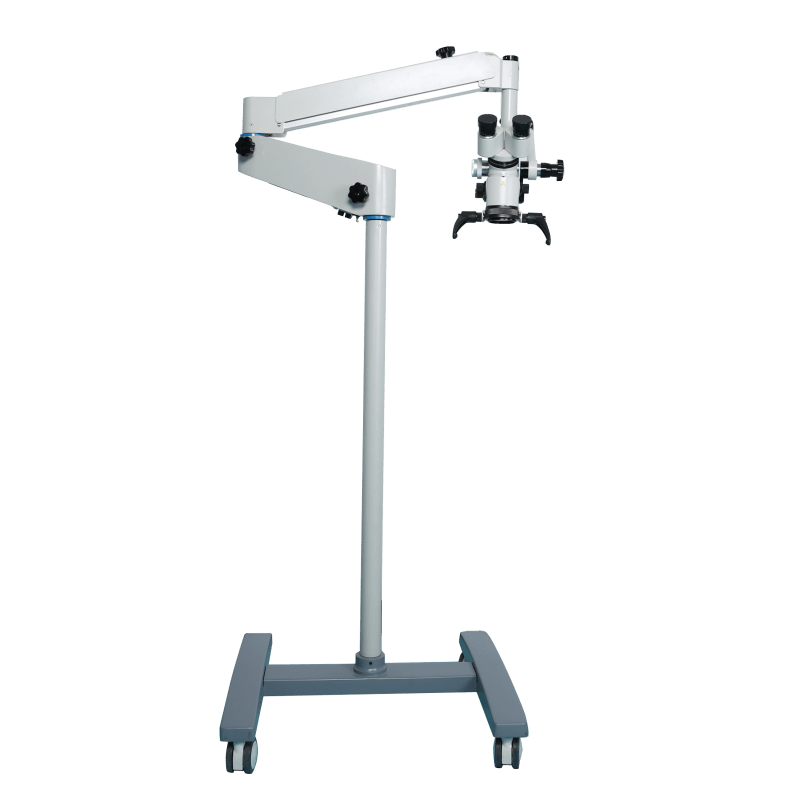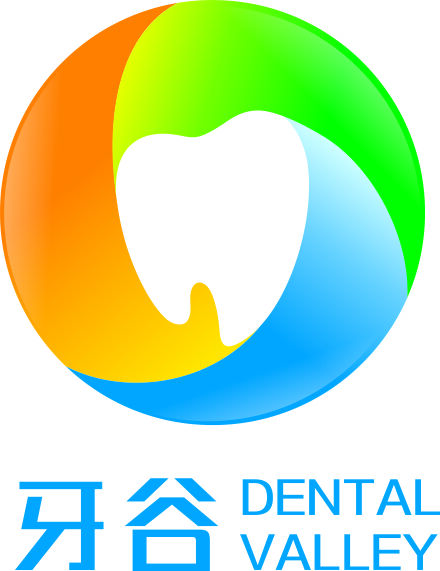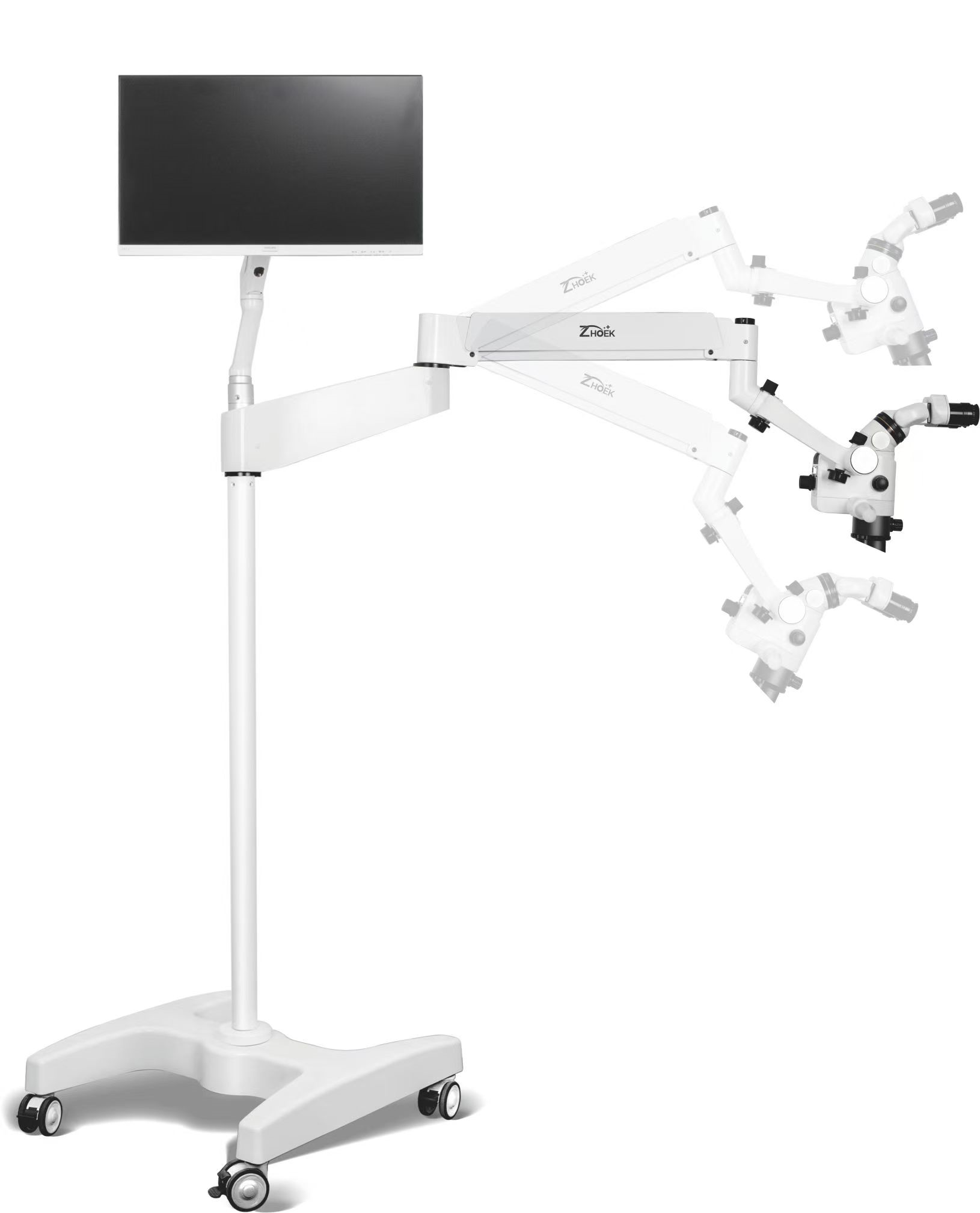Enhanced Patient Comfort and Reduced Discomfort
Gentler Extraction Techniques with Advanced Tool Design
Advancements in dental extraction instruments have in fact significantly improved patient comfort through less traumatic and gentler procedures. These sophisticated instruments are contoured with rounded edges and silky surfaces, which attenuate damage to the surrounding tissue and the experience is significantly more comfortable. For example, it was reported that the novel devices can lead to a decrease in anxiety level in patients as well as perceived discomfort or pain during dental procedures thus increasing patient satisfaction. This growing trend for minimally-invasive procedures is symptomatic of a wider trend in the dental industry to ensure that patients are as comfortable and happy as possible in any treatment.
Reduced Postoperative Swelling and Bruising
Dental extractive device design innovations have been proven to substantially minimize postoperative swelling and bruising. These instruments lead to less tissue damage, and therefore less swelling, because they can extract more accurately and precisely. Studies show that patients who have surgery with these techniques have less bruising and are less uncomfortable - really an important benefit that translates to a more comfortable recovery. This reduction in swellin is not just more comfortable, it also means a much faster recovery, with patients getting back to their daily routine much more rapidly. It’s a breakthrough that will allow you to ease more comfortably back into daily life after surgery.
Faster Healing Times Through Minimally Invasive Methods
Less invasive dental procedures are now available that helps to maintain as much of natural oral structures as possible, helping quicker recovery times and less painful post operative experiences. New data shows minimally traumatic extraction technique can provide nearly 50% gain in recovery time versus traditional extraction. Global practitioners have reported high patient satisfaction resulting from immediate recovery of normal oral function and from comfort. The…esk with improvement with respect to surgical accuracy and to the general patient recovery. This commitment is fundamental in maximizing dental care results and also patient satisfaction.
Precision Engineering for Safer Procedures
Specialized Beak Profiles for Targeted Root Engagement
The evolution of anatomical beak configurations in extraction instruments has significantly changed our practice of extractions by promoting precision and reducing trauma. These sophisticated features facilitate the tool contacting the tooth roots and prevent excessive striking and impact to adjacent structures. This accuracy is especially important in difficult extractions where the potential damage to surrounding teeth or tissue is lowered, providing for increased safety and effectiveness in dental procedures. Results: The use of customized beak profiled instruments results in more precise outcomes, with greater patient acceptance of the extraction procedure.
Laser-Assisted Technology to Prevent Tissue Damage
The combination of laser technology with dental extraction instruments represents a breakthrough in the protection of tissue and in terms of safety in the course of a procedure. With lasers, cutting is controlled and precise, which greatly reduces the potential for wounding adjacent tissue and the need for postoperative intervention. Research shows that when a laser is used for extractions, the procedure is associated with less bleeding and lower risk of infection, leading to quicker recovery. Furthermore, the use of lasers increases surgical field visibility, enabling dentists to carry out the most complex procedures more accurately. This development makes extractions safer for patients and less stressful for dentists.
Optimized Force Distribution to Avoid Root Fractures
Innovations in tool design have produced tools that spread the applied force equitably during extractions, thus minimizing the incidence of root fractures. An even force dispersion is of special importance in difficult cases to avoid overly high pressure and potential complications. Recent research shows that using the technology to prepare for the procedure not only minimizes the potential for breaking the tooth but also helps a dentist perform the treatment successfully, the report indicates. Clinicians who utilize these innovative device report better results, more patient comfort, enhanced recovery experiences and higher satisfaction.
Durability and Long-Term Cost Efficiency
Corrosion-Resistant Materials for Extended Tool Lifespan
The utilization of high-quality, corrosion resistant materials in the construction of dental extraction instruments significantly extends their working life. In the matter of fact, tools made of these materials can withstand the tough conditions of repetitive uses without deterioration. This durability is not just an indication of quality, but cost-effectiveness where investment in such high-quality materials, will reduce the number of times you will need to repair or replace them, over a decades service.
Autoclavable Designs Maintaining Sterilization Integrity
Since dental tools need to be sterilized regularly, they are all capable of being autoclaved, which is important to maintaining high safety standards in dental facilities. Research shows that using correct sterilization prolongs the life of such tools and reduces the risks of infection, which is especially critical in patient care. Extend the life of autoclavable instruments for a substantial long term cost saving solution, a must have addition to any dental clinic that wants to practice in a safe and economic manner.
Reduced Replacement Costs Through Premium Construction
Top quality building materials and rugged engineering will minimize tool replacement and lower overall life cycle costs. Strategical data It can be demonstrated in an analytical way that investing in best of breed tools is something that pays off in terms of superior quality and resistance. So for dentists, the benefits of game-changing instruments go beyond saving bucks and result in increased profits as their customers receive the best service and appreciate the best value.
Ergonomic Design for Practitioner Efficiency
Balanced Weight Distribution for Improved Control
A well-balanced weight distribution, ergonomically designed to see that a dentist controls the hand piece of the extraction tool enables the dental practitioner to have his or her control over the extraction tool significantly improved. Ergonomic advances have been found to enable better manoeuvrability, with practitioners experiencing less fatigue during operations. This enhanced control is advantageous for the safety and accuracy of the patient through extractions, making the procedures not only efficient, but easier on both the dentist and patient. As a proof of concept, these technological improvements lower the risk of dental procedures, which will certainly lead to safer and more satisfied dental care.
Textured Grips Reducing Hand Fatigue During Procedures
Texturizing the grips on dental instruments is an important consideration since, in the performance of the dentist's work, hand fatigue is greatly reduced. Its ergonomically created handles promote easier handling to minimize the physical stress on the dental specialist. Studies suggest that this improved tool control increases the effectiveness of the procedures, they become calmer, faster and more effective. The ergonomic design features of the handpiece prevent hand fatigue which allows practitioners to maintain the level of performance for maximum efficiency during long treatments, resulting in better treatment results for the patients.

Angulated Shanks Enhancing Visibility in Posterior Areas
The dental extraction instruments with angled shank designs provides better visibility especially for posterior difficult areas. These configurations optimize the line of view of the healthcare professional, which clinical trials have shown is correlated with lower number of procedural errors and better patient safety. By enabling time practitioners to reach the hard-to-access sites more easily, their shanks contribute not only to better visibility, but also to increased comfort, and to the better, more efficient performance of delicate dental work. These developments are particularly important for improving the ergonomics of the dental instruments, thereby achieving greater efficiency in dental work.
Minimized Risk of Procedural Complications
Reduced Incidence of Alveolar Bone Fractures
Innovative dental extraction instruments are crucial in preventing alveolar bone fractures during extraction. Using a tool of the art, the precision can be much higher allowing far less risk of a fracture. Clinical investigations consistently confirm that enhanced extraction techniques reduces the incidence of fracture, leading to improved patient outcomes. This enables patients to recover faster postoperatively with less complications and therefore, more satisfied with their overall dental care. With the aid of state-of-the-art technology and design, the extraction instruments have been developed as a reflection of the dedication to patient safety and procedural effectiveness.
Precision-Guided Extraction Paths Preventing Adjacent Tooth Damage
Guided authenticity is designed to protect healthy teeth during dental work. These instruments are designed to use a sophisticated technology in order to focus only on the specific targeted components, in order not to damage neighboring teeth and tissues. The literature shows that guided extractions with increased precision prevent complications that are important for the restoration of the patient‘s oral ecosystem. The patients are thus more likely to trust and be satisfied with their treatment while undergoing necessary treatment it secure they would be safe and fine.
Consistent Performance in Complex Impaction Cases
In these challenging, more complex impacted cases, the use of a dedicated tool that provides reliability is imperative for the effective undertaking of difficult extractions. Expert commentary Expert opinions have described the need of advanced tool in dissecting such a complex scenario and have exposed the quality of the instruments used, which represent a strong relapse factor. There are several series of cases in the literature that demonstrate a significant decrease in complications when dedicated equipment is used to manage difficult impactions. This trust gives practitioners confidence in treating more challenging cases, resulting in higher rates of procedural success and patient confidence in the care provided.
FAQ
What are gentler extraction techniques?
Gentler extraction techniques refer to less invasive methods using tools with rounded edges and smooth surfaces that minimize trauma to surrounding tissues during dental procedures.
How do advanced dental tools reduce swelling and bruising?
These tools allow for accurate and precise extractions, leading to less tissue damage, hence reduced swelling and bruising.
Can minimally invasive methods speed up recovery times?
Yes, less traumatic extraction methods can effectively halve recovery times, allowing patients to regain normal oral function more quickly.
What is the role of laser technology in dental extractions?
Laser technology enables precise cutting, which minimizes trauma to tissues and reduces postoperative complications, such as bleeding and infection.
Why is optimized force distribution important in dental tools?
Optimized force distribution during extractions reduces the risk of root fractures and contributes to smoother and more successful procedures.
How do autoclavable designs enhance tool longevity?
Autoclavable designs ensure tools can be sterilized effectively, maintaining safety standards and extending tool lifespan by diminishing infection risks.
Why is ergonomic design important for practitioners?
Ergonomic designs improve maneuverability and reduce strain on practitioners, enhancing control and reducing fatigue during lengthy procedures.
How do precision-guided extraction tools prevent adjacent tooth damage?
These tools target and extract only intended structures, minimizing accidental damage to nearby teeth and tissues, thereby maintaining oral integrity.
Table of Contents
- Enhanced Patient Comfort and Reduced Discomfort
- Precision Engineering for Safer Procedures
- Durability and Long-Term Cost Efficiency
- Ergonomic Design for Practitioner Efficiency
- Minimized Risk of Procedural Complications
-
FAQ
- What are gentler extraction techniques?
- How do advanced dental tools reduce swelling and bruising?
- Can minimally invasive methods speed up recovery times?
- What is the role of laser technology in dental extractions?
- Why is optimized force distribution important in dental tools?
- How do autoclavable designs enhance tool longevity?
- Why is ergonomic design important for practitioners?
- How do precision-guided extraction tools prevent adjacent tooth damage?

